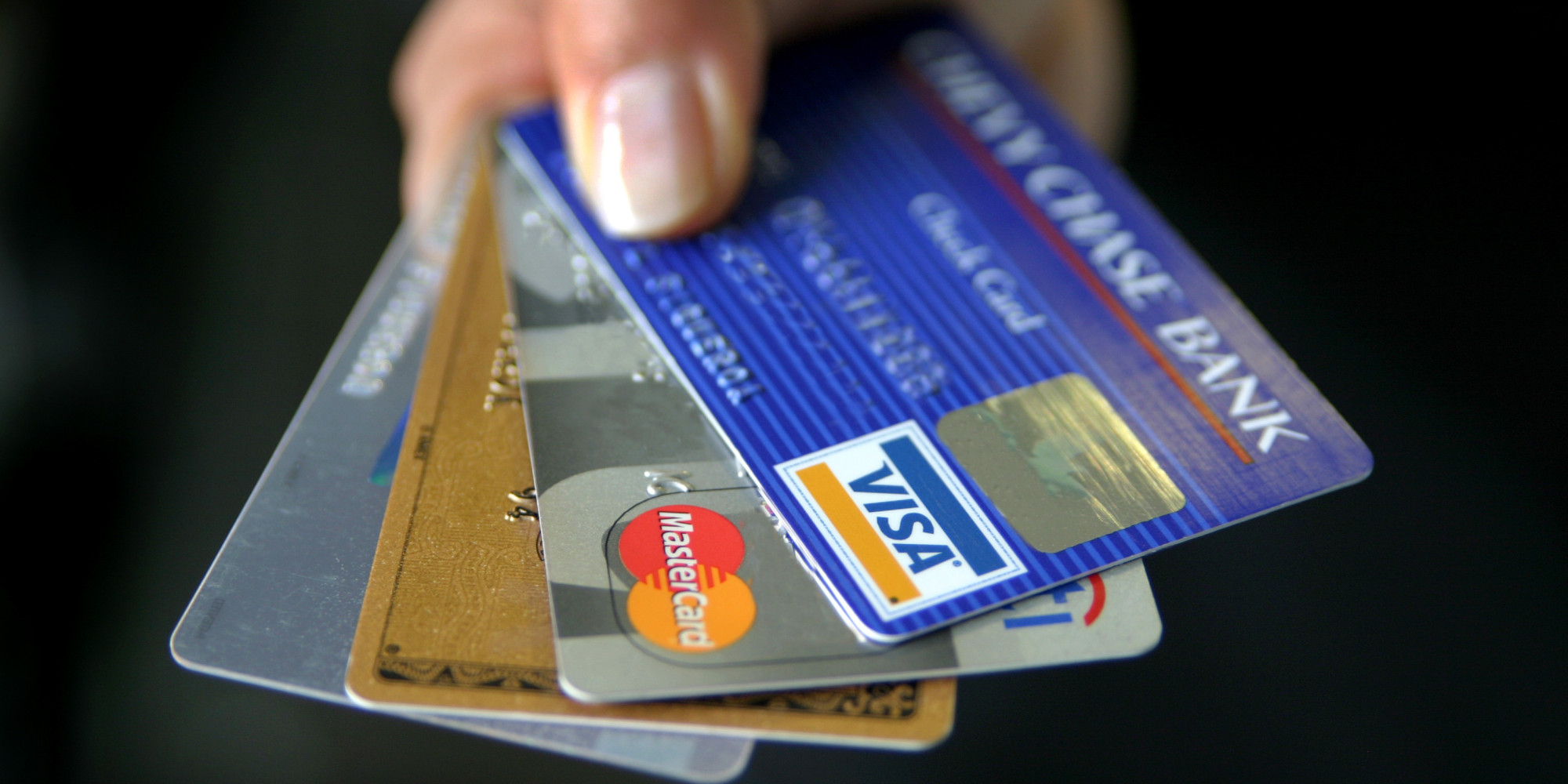Contents
We all know that effective personal finance management skills are important for the success of any individual.
Many experts believe that it is better for children if their parents teach them from a young age about financial literacy and how money works.
So what is a debit card for kids and how does it work? Don’t worry we will explain everything to you.
Children are intelligent and creative and as such more than capable of starting to learn about money.
Money comes naturally to some children, while with some children you have to make it interesting for them, i.e. show them through a game how money works.
Children absorb everything like little sponges, and in most cases, they copy their parents, so it is also up to you to be a good example to your children.

- The age limit for kids varies
Different credit card issuers have different policies and minimum age limits that vary from offer to offer.
Also, some options require a minimum age of 6, 11, or 13 years, while some have no age limit at all.
Children at the age of 11 are aware of themselves and can do part-time jobs that can be paid for by their parents, neighbors, or grandparents. Such as BusyKid does not require an age limit for kids.
- Children can work a part-time job
Many children walk the neighbor’s dogs, mow the grass and hedges, look after children, give instructions to other children, and are in charge of throwing garbage at the elderly in their neighborhood.
We will explain to you the prices of opening an account and obtaining a debit card, and which are currently the best options on the market for your children.
What are kids’ credit cards and how do they work?
Debit cards for children are one of the newest ways to teach children financial literacy, do household chores, and extracurricular and curricular activities, give pocket money, or simply put your children on the payroll.
Parents open an account in the name of their children, providing their and their child’s personal information: name, surname, date of birth, and place of residence.
Parents pay the amount of money to the child’s card and thus activate it.
- Credit cards as a tool for learning
This type of tool does a great job of teaching children to have a role in the family and community that they must fulfill, to be independent and responsible with money.
Most of the offers offer options for saving, spending, and donating, but some offer the possibility of investing in shares of serious companies, all within the application.
In addition to the savings plan, the application offers different tables for different activities that parents can completely adapt to the needs of their family.
What is so special about them?
What is specific is that in addition to core tables and functions, children can invest, earn, spend and donate money.
Only with certain offers, you can also have the option of investing in shares within the application.
Parents have full control over their children’s accounts and can block transactions with sites, companies, and brands they consider inappropriate for their children.
Best offers on the market
The best offers on the market for your kids are BusyKid and GoHenry.
- BusyKid
BusyKid is considered more than a chores and allowance app, it is an ideal tool for teaching children financial literacy. In the offer, parents get up to 5 cards for $3.99 per month and $38.99 per year, but with a yearly option, you will save 20%.
What is interesting is that it offers numerous possibilities for creating and planning chores tailored to each child, offers a savings plan, and the possibility of investing and earning money.
It also offers the possibility of a third-party payment using BusyPay, where with the help of a QR code, the money goes to the child’s account. This option is ideal for children’s birthdays, name days, and numerous holidays.
At BusyKid, there is no minimum age limit for children, which is a big advantage. With the application, children can receive bonuses and donate part of their earnings to charities.
- GoHenry
GoHenry is an option that offers the possibility of opening an account for children between the ages of 6 and 18.
This option is a little more expensive because you have to pay $3.99 per child every month, which is not a good option for families with many children.
Parents can set tasks, obligations, and money-saving plans and block transactions that they consider inappropriate for their children. Children can spend, save and invest money.

